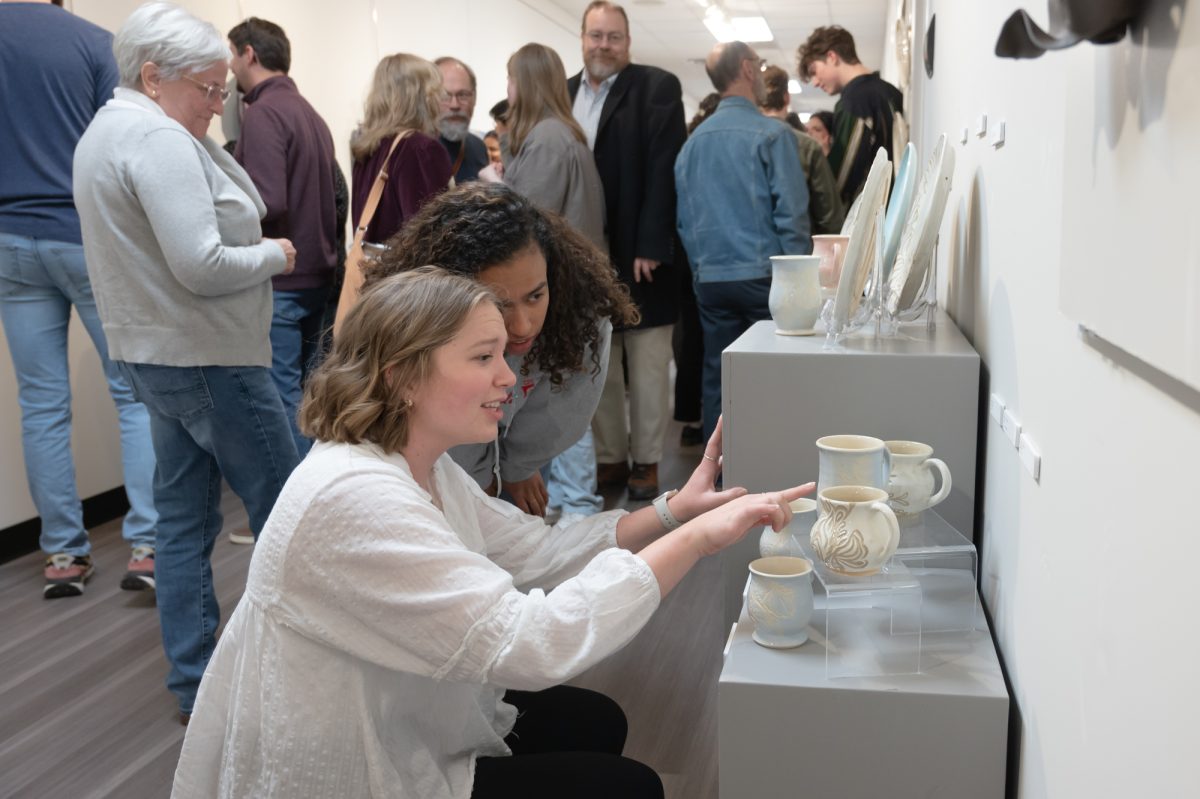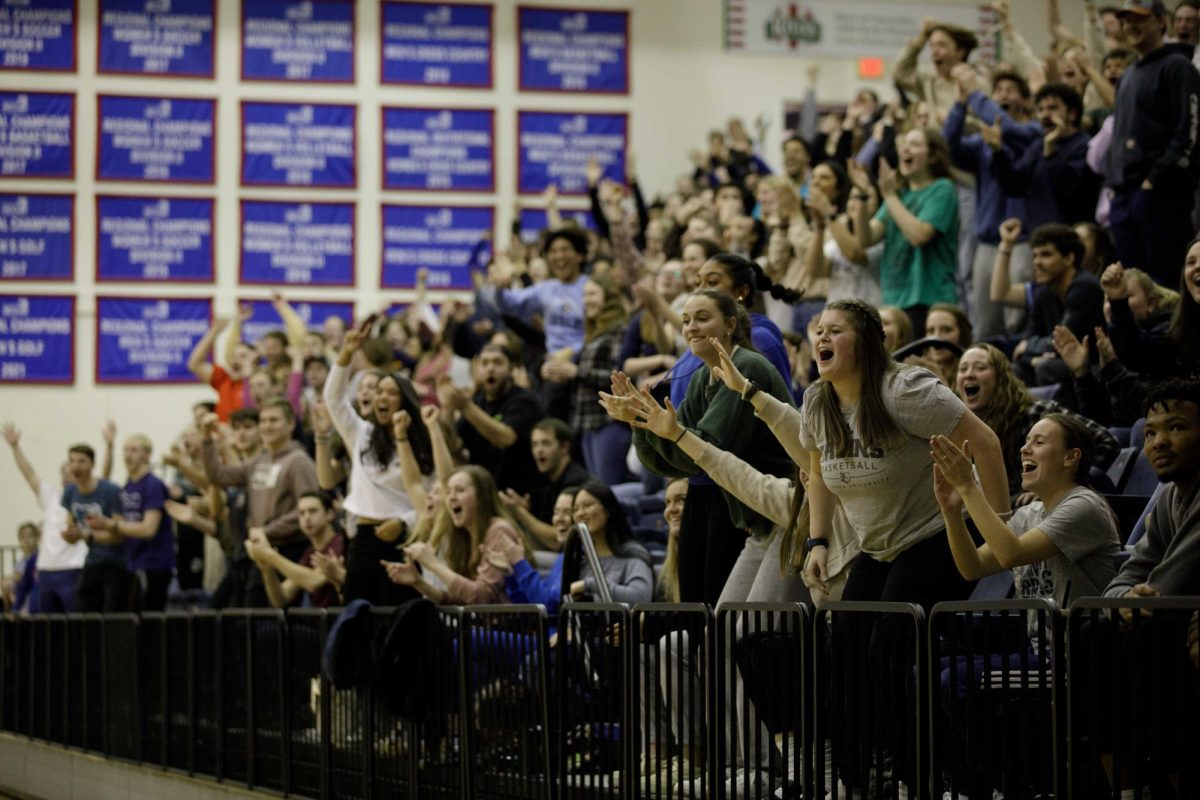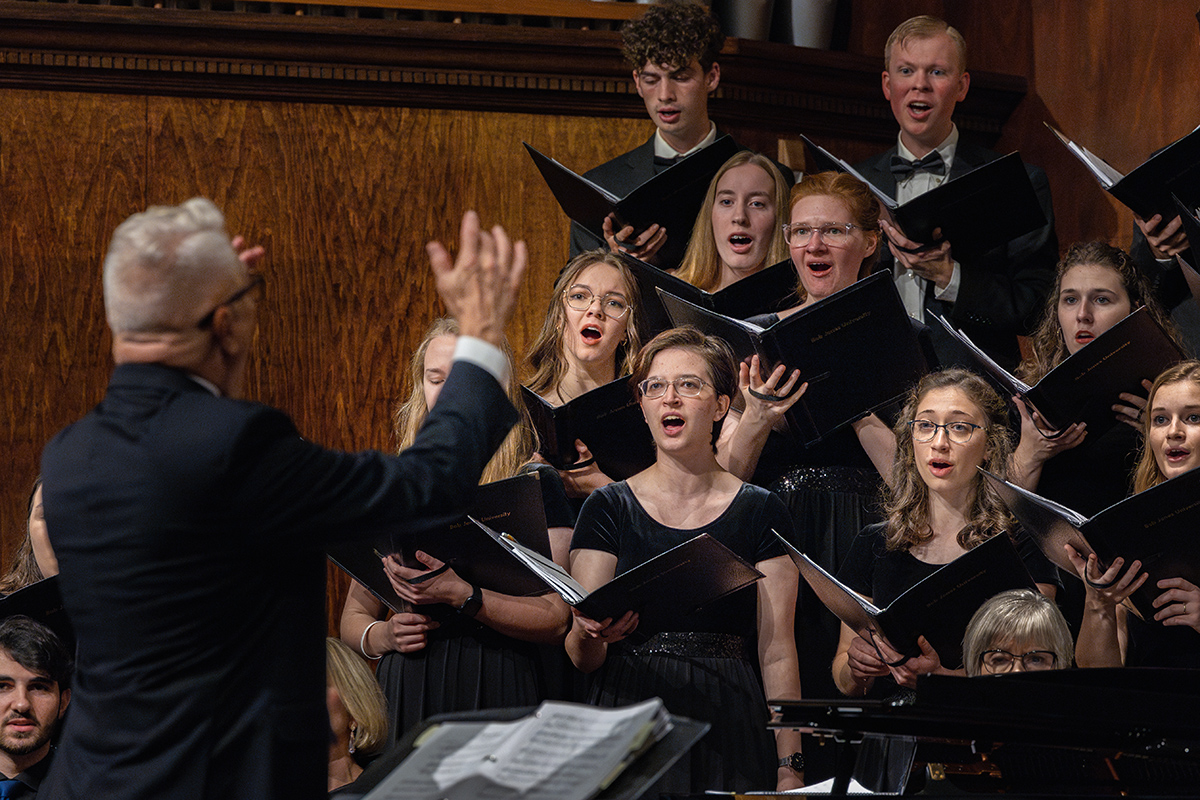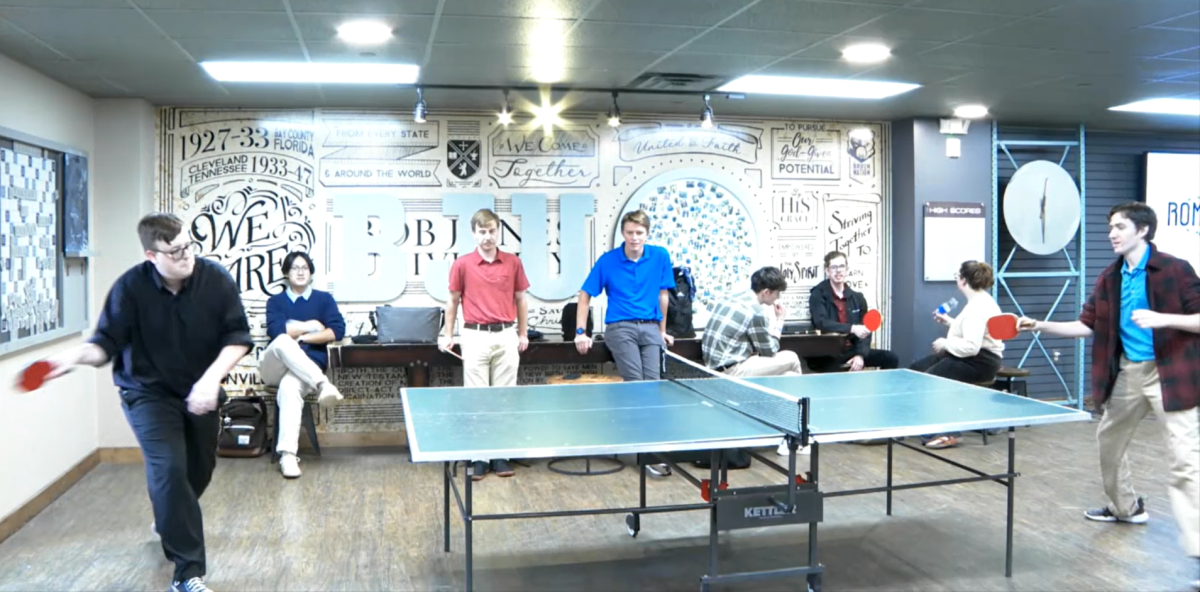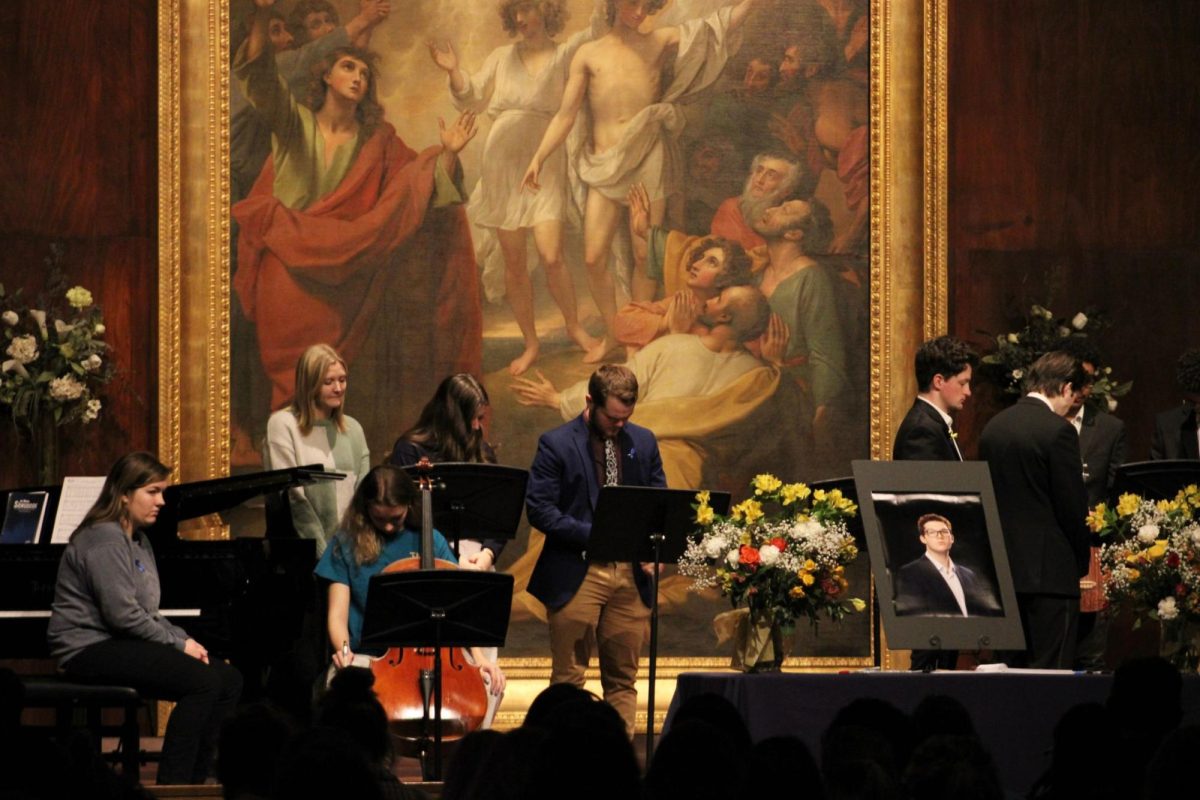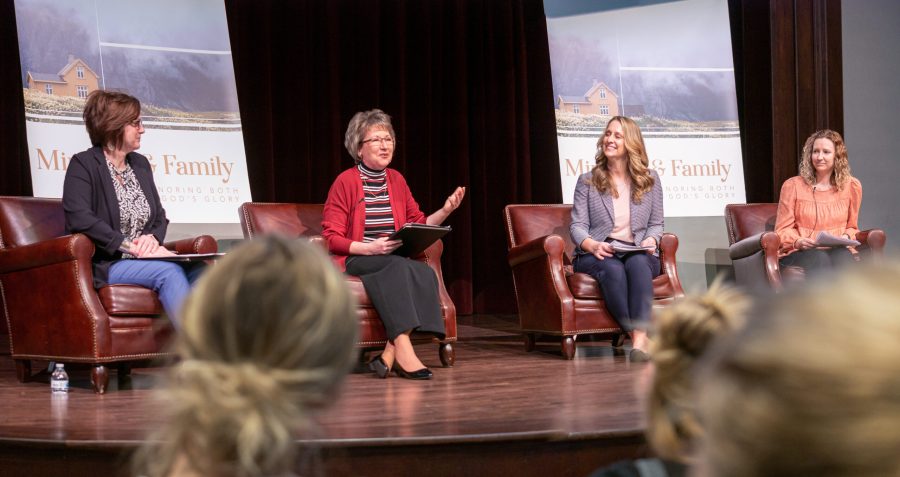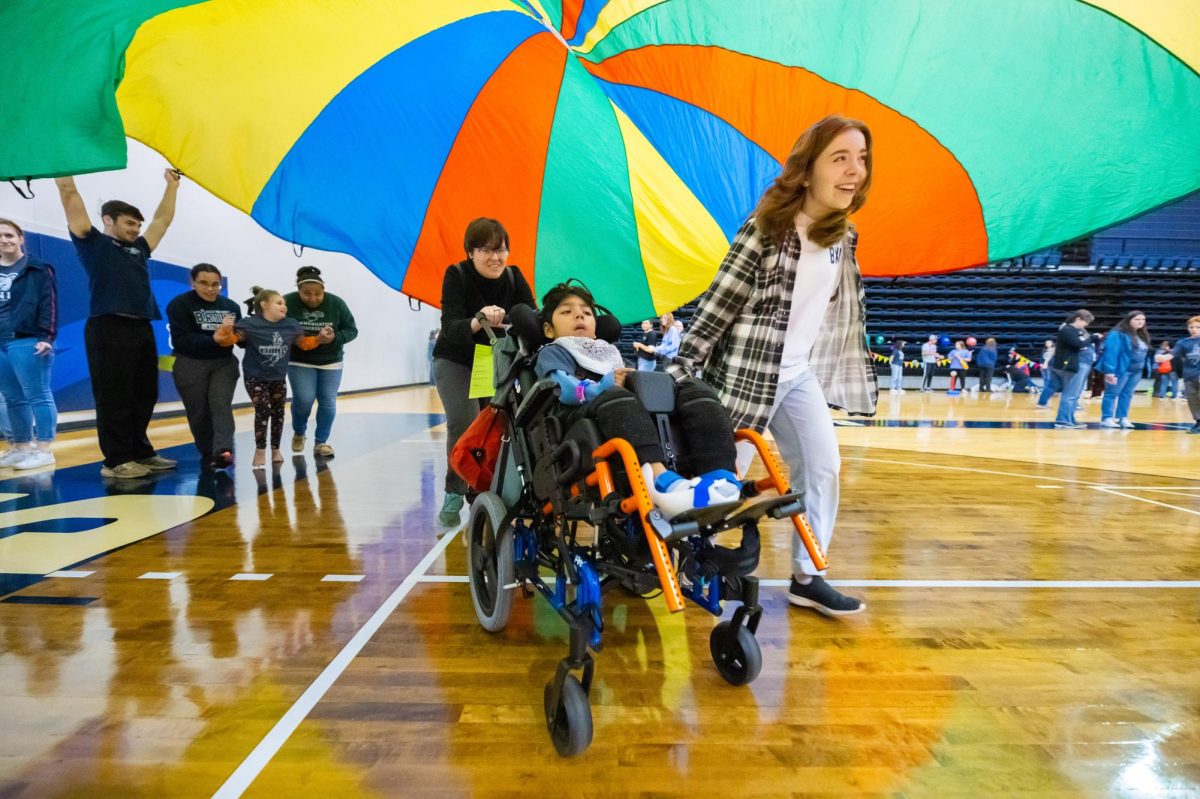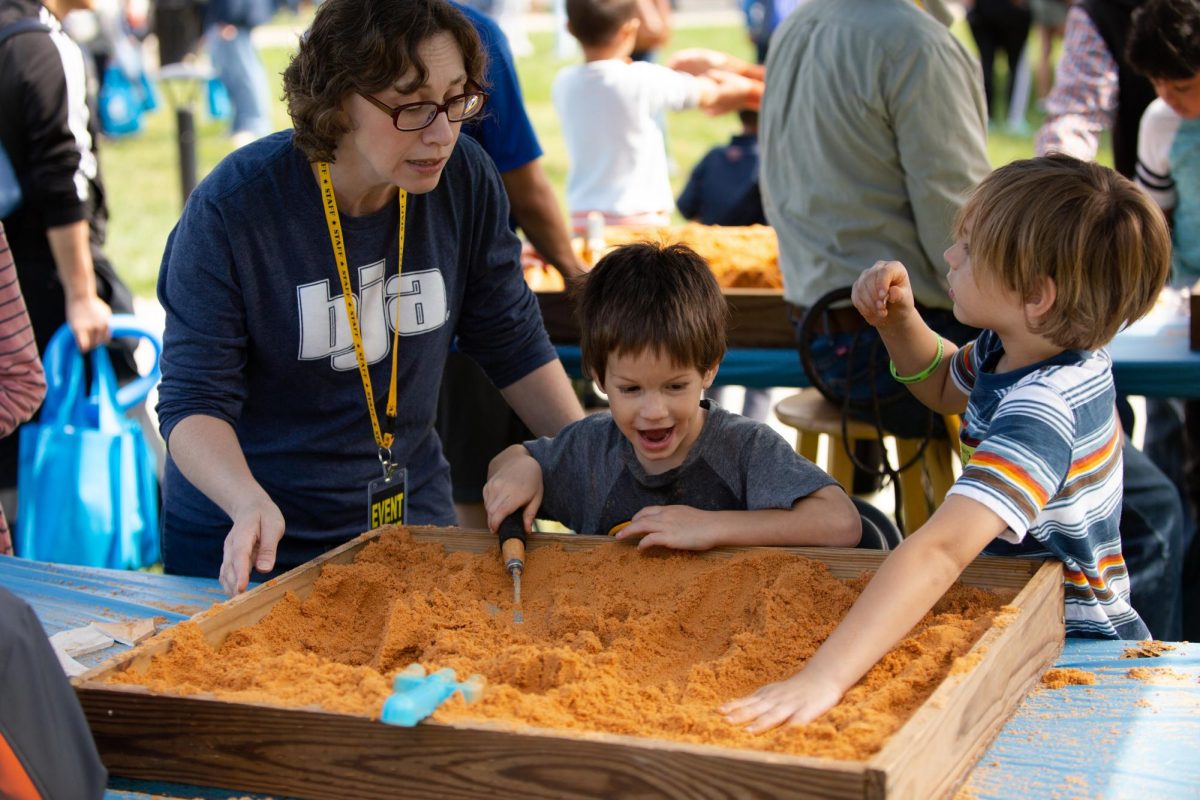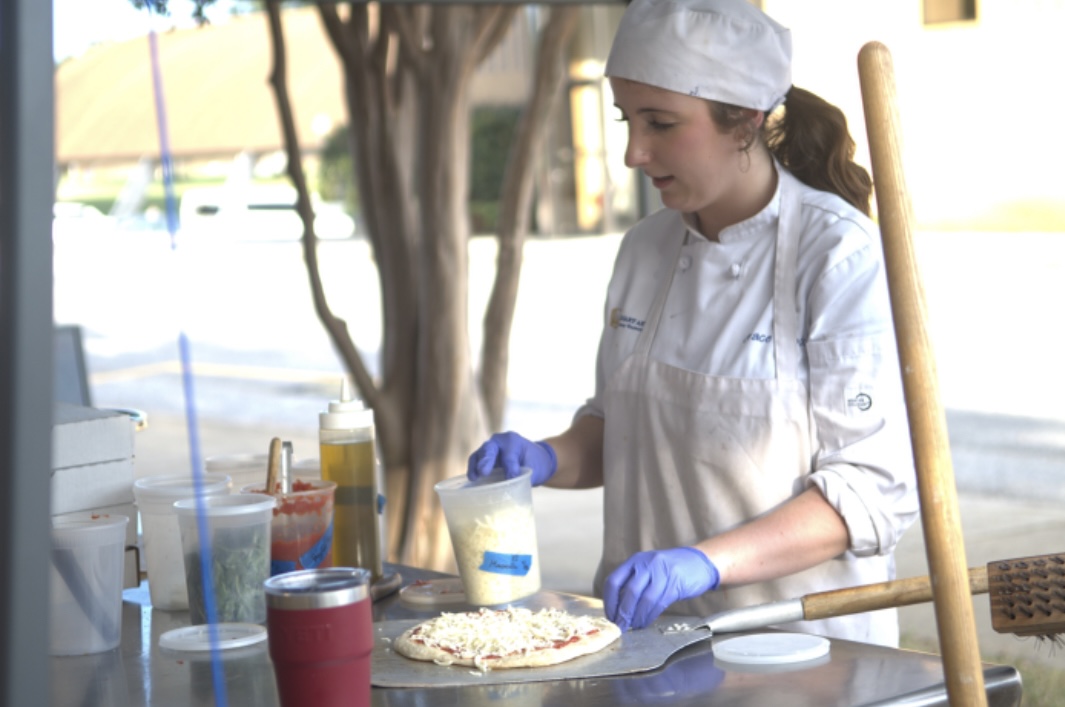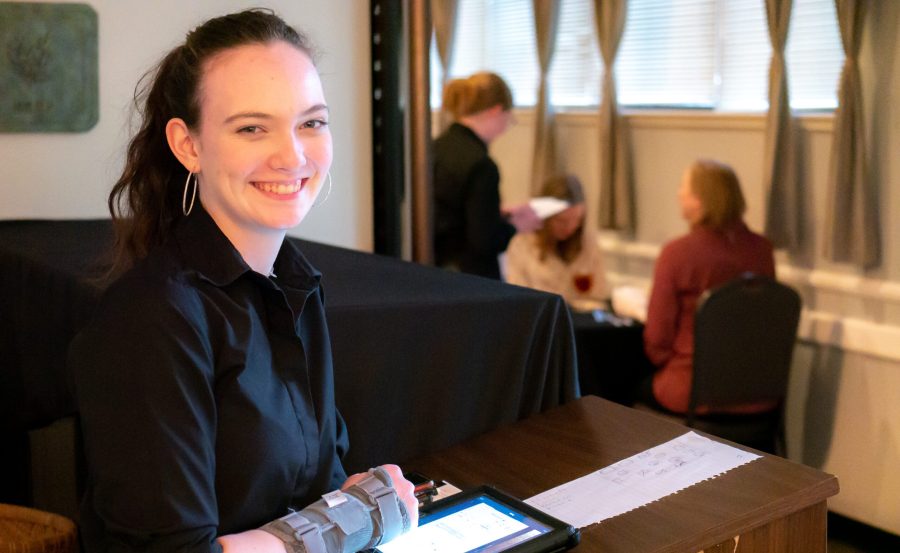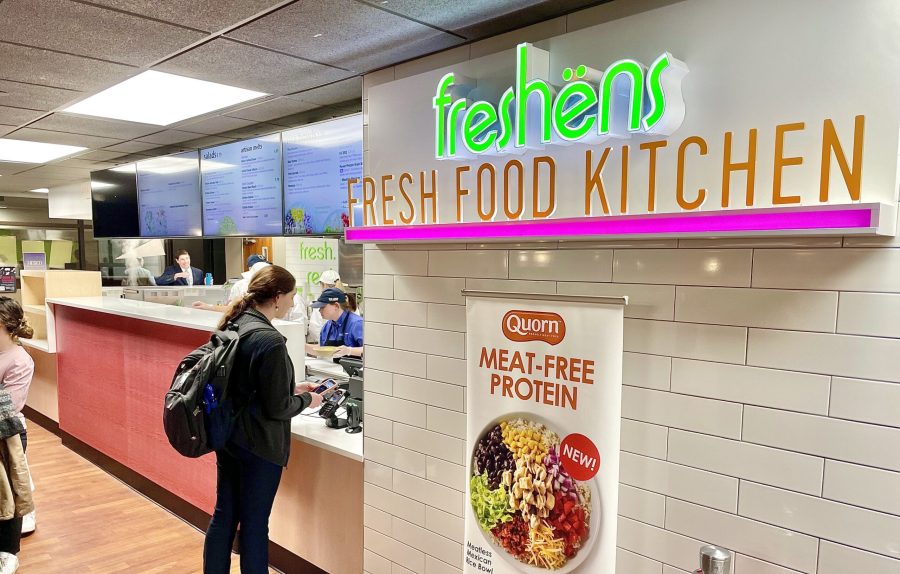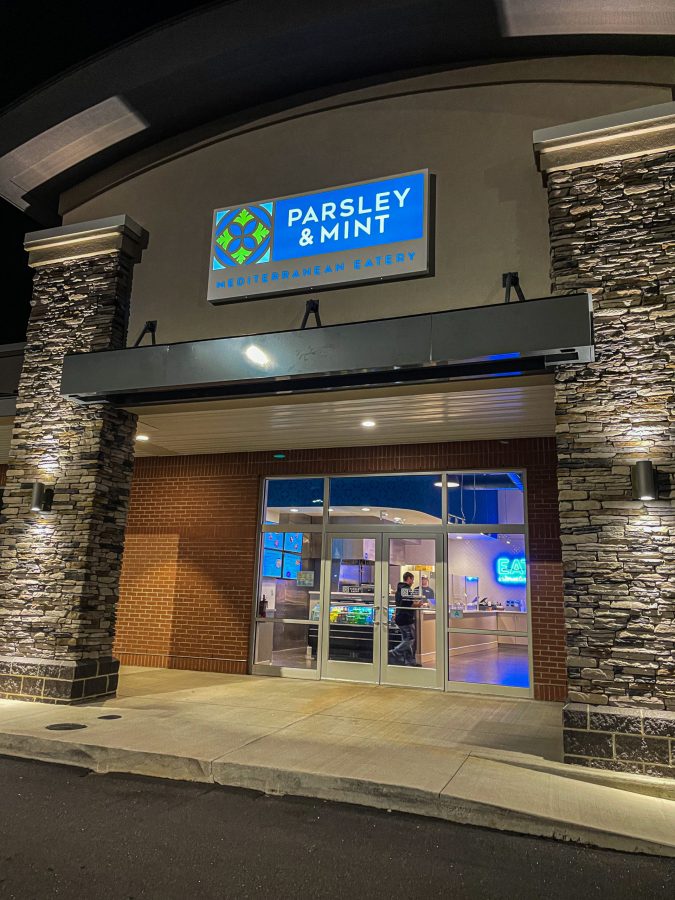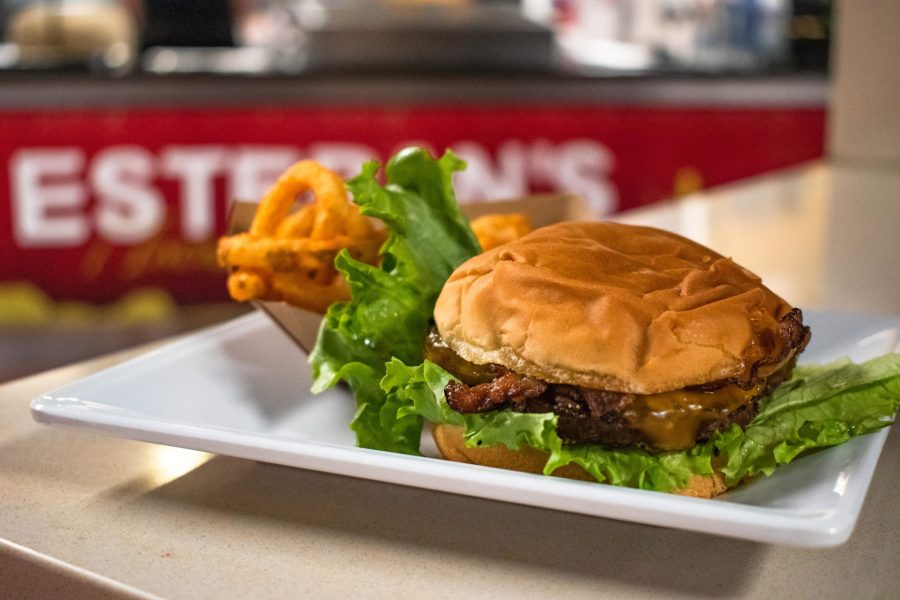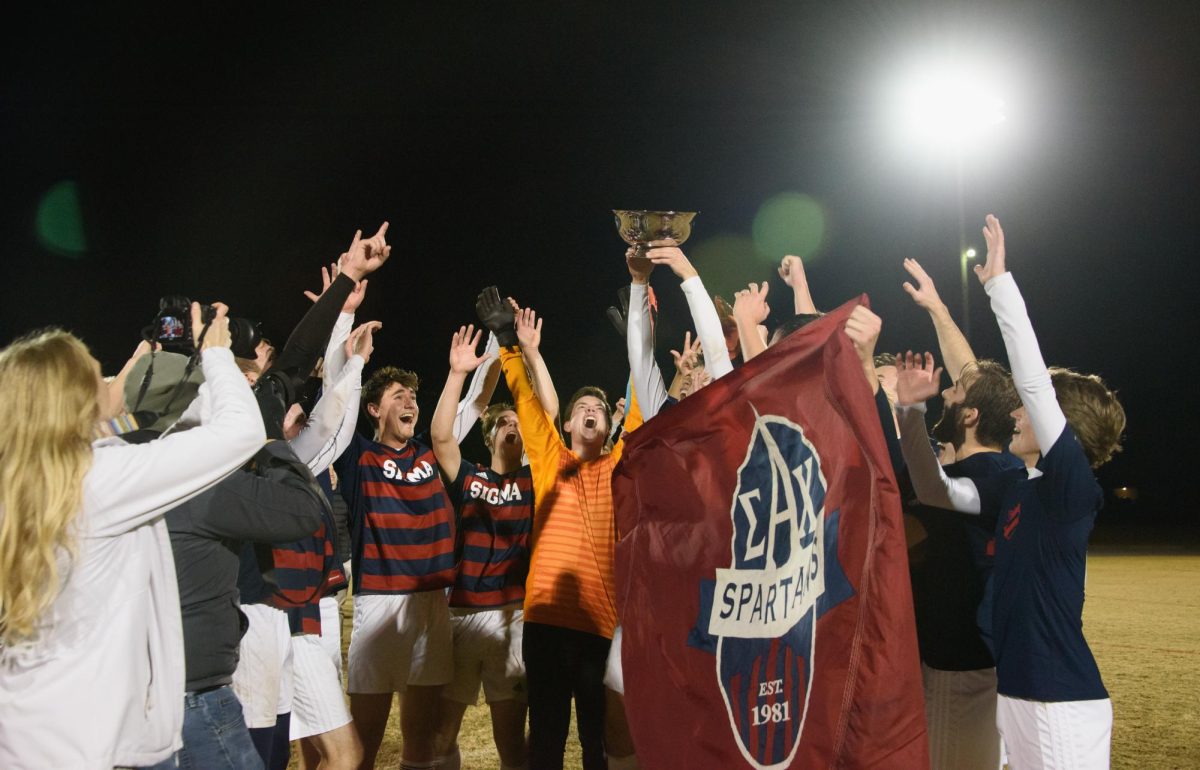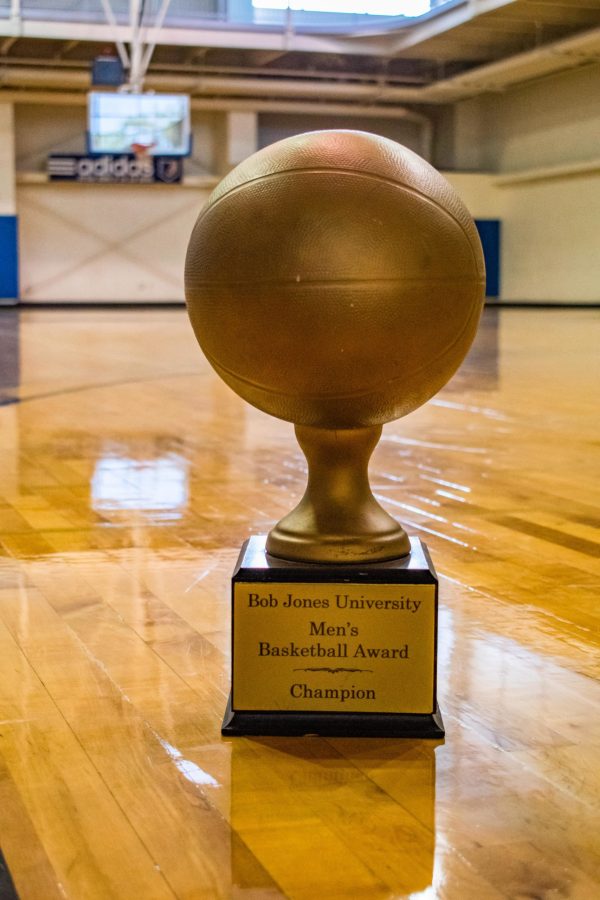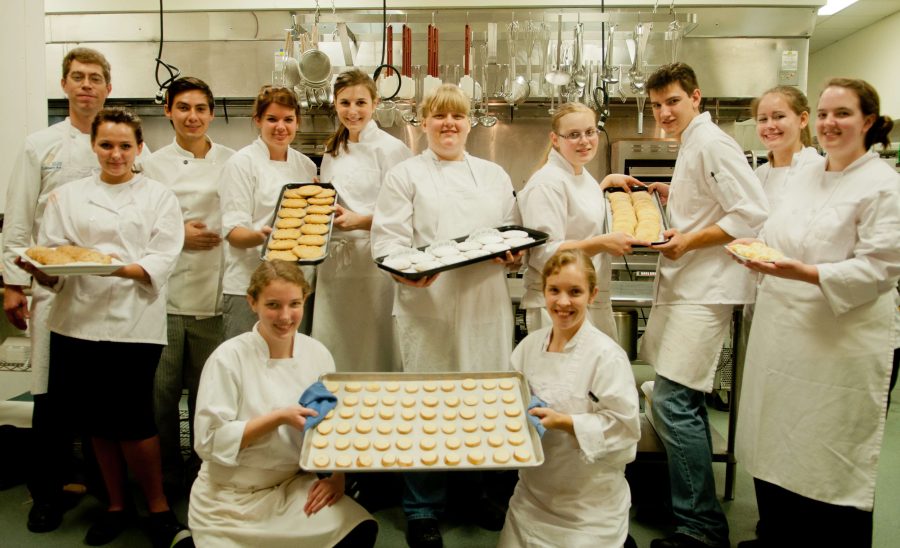The buzz from the culinary arts dining room is continuous, as is the stream of food coming from the kitchen. The culinary family has come together to sample the work of the sophomore Bistro class.
From fried Oreos to pancetta-wrapped peaches, each hors d’oeuvre looks too pretty to eat. But the students have no problem digging in. They meander around the room chatting as they sample, marveling over a unique dessert that includes goat cheese topped with spiced fig. The flavors are sweet and spicy.
“You have to try my cheese dip!” Mary Davis, a sophomore culinary student, calls out on her way back to the kitchen. Chef Rob Hansen of the BJU culinary arts faculty reminds freshmen that it will be their turn to host this party next year. One begins to wonder if this small dining room is really a college classroom. Here the lines between work and play are pleasantly blurred.
No matter how much fun BJU culinary students have, the demanding nature of their major can’t be denied. “The food dictates when you’re finished with class,” Chef Hansen said. Students spend long hours on their feet and endure constant assessment of their work. It’s not only about knowing information; it’s about being able to perform. However, all this work prepares culinary arts students for the real world.
The culinary arts associate’s degree represents four semesters, 14 classes and three chefs preparing not only highly qualified professionals but also missionaries to the food industry. Chef Rick Nifenecker, Chef David Miller and Chef Hansen guide students to become skilled culinarians.
Each cooking class is composed of a demonstration, lecture and lab. During their first semester as freshmen, students learn the basics. Second-semester freshmen focus on cooking for customers and meeting deadlines. Bistro begins at the beginning of sophomore year and involves preparing menu items for a casual restaurant setting. Finally, Fine Dining encompasses all skills, requiring fourth-semester students to perform in formal, full-service venues.
After two years, students will have earned their associate’s degree. If they want to gain more management skills in preparation for running businesses of their own, students can continue another two years to earn a bachelor’s degree in business.
As is quickly apparent, culinary students begin to form a strong family dynamic. Working with the same group of people day after day forces students to deal with conflict and authority issues. “We are a team,” Chef Hansen said. “No event that we do can be pulled off by one person. It has to be everyone working together.”
Mary Davis has witnessed the culinary family drama. With both challenges and perks, it is a place to find identity. “It’s like a different little world within Bob Jones University,” she said.
By the end of four semesters, BJU culinary graduates are prepared to use their skills in ministry or the workplace. The culinary arts program has developed an excellent professional reputation, and graduates go on to use their skills in a variety of food industries. One works at a top-notch restaurant in New York, another at a bed and breakfast. One graduate bought a bakery. BJU culinary students can also be found in local Greenville restaurants such as Nose Dive, Two Chefs Deli and Market, and Strossner’s Bakery.
The culinary arts program will be catering many university events this semester. A luncheon for local youth pastors, the University Business Association’s Christmas party and many others occasions pack their calendar. These events not only provide ministry opportunities but also hands-on experience for students. Students participate in designing the menu, but the chefs have the final say, and they push their students to try new ideas for each venue.
“We want to stretch them to grow and be creative,” Chef Hansen said. This creativity starts in the classroom. In the “market basket” exercise, students spontaneously create a dish using a random food item from the market basket.
All this cooking practice creates an abundance of food. You can take advantage of the succulent products of the culinary arts program through two venues. Culinary Arts Retail (located past the academy building) is open each Tuesday through Friday from 2:30 to 4:30 p.m., offering baked goods and healthy drink options such as Gatorade and Izze. Stumped for gift ideas? The bakery items are a perfect and convenient choice.
Then, beginning Oct. 5 and every Friday after through the end of the semester, the culinary program offers Bistro lunches from 11:45 a.m. to 1:15 p.m. Take a break from the dining common and order from a menu full of flavorful options—soups, salads, sandwiches, chicken pot pie, pizza for two and other entrees.
Although the culinary arts program demands perfectionism and long hours, students never go away from class hungry. And they offer to the rest of us the fruits of their labor.
Working with passion and pride, the culinary family prepares students to impact their ministries, their families and the food industry.

